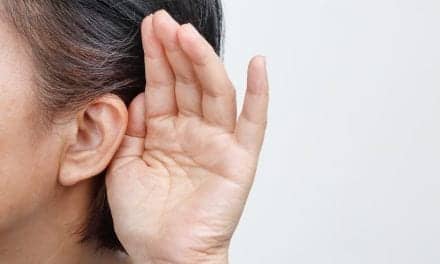The HEARing Cooperative Research Centre (HEARing CRC), an Australian public-private research center, has been named as a finalist for the Eureka: Commercialization of Innovation Award for their work developing NAL-NL2, the novel mathematical formula that optimizes the fitting and performance of hearing aids for individual users.
The HEARing CRC research project involved staff from HEARing CRC Core Members, including Australia’s National Acoustic Laboratories (NAL) and Siemens Hearing.
Aside from the development of the formula, a key component of the project was ensuring that the software was provided in an appropriate technology for inclusion in commercial hearing aid fitting software used by hearing health professionals, hearing aid manufacturers, and audiological test equipment manufacturers. Working with Siemens, the project team was able to ensure compatibility.
NAL-NL2 was first released through Siemens in 2010 and was quickly licensed to 16 international hearing aid companies, including all of the top 10 companies world-wide in both the hearing aid and audiological test equipment fields.
The companies who licensed NAL-NL2 immediately make their software upgrades available to hearing health professionals around the world, enabling them to better optimize hearing aids in order to address individuals’ hearing losses.
NAL-NL2 enables hearing aids at each ear to be adjusted so that every hearing aid user fitted with the software experiences the best possible speech intelligibility and loudness across a variety of different listening situations.
NAL-NL2’s ability to provide highly effective hearing aid "prescriptions" combined with the vision of ensuring that the algorithm could be easily incorporated into commercial fitting software has seen it become one of two international "fitting" standards in audiology clinics worldwide.
Associate Prof Robert Cowan, HEARing CRC CEO, commented, “Our CRC project staff at the National Acoustic Laboratories came up with a brilliant formula for optimizing hearing aid prescription and fitting, and Siemens provided confirmation that our ‘packaging’ enabled NALNL2 to be easily and quickly integrated into a commercial manufacturer’s software. It’s a text book example of collaboration for the translation of technology from a research lab to a clinical environment, which is ultimately improving the lives of hearing impaired adults and children around the world.”
He added that he hoped that Eureka recognition will help to raise people’s awareness of the benefits that well-fitted hearing aids can provide to their communication and engagement with life.
SOURCE: HEARing CRC




